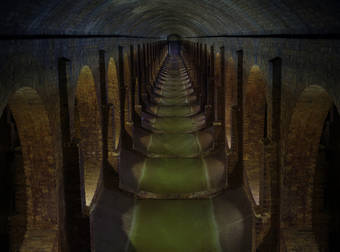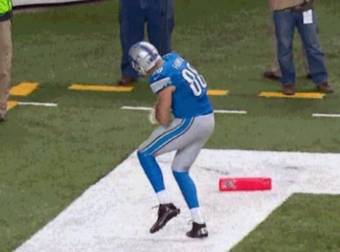Nurses are pretty awesome people. If you know a nurse, or of you are a nurse, you know how hard they work and how much of a difference they make in the lives of patients and their families. Unfortunately, despite their service, there are a number of tiresome stereotypes that still follow nurses around. They run the gamut from sex object to saintly figure, from loving and motherly to tough as nails. But the one thing all the stereotypes have in common? That nurses are women.
The National Library of Medicine in Bethesda, Maryland, is currently showing an exhibit of postcards depicting nurses to show how they were seen through the century, and how attitudes about nurses have changed–and how they haven’t.
1895
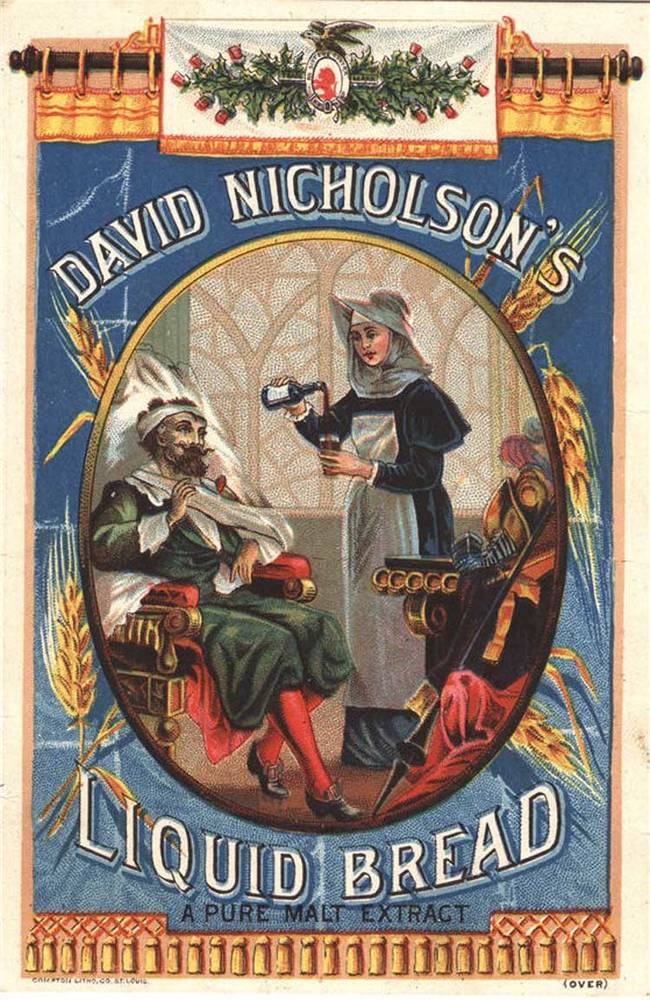 share
share
An ad for malt extract, used by those on liquid diets, shows a nurse in what looks like a nun’s habit. At this point, the nurse is a saintly figure lending her help to the ill.
1900s
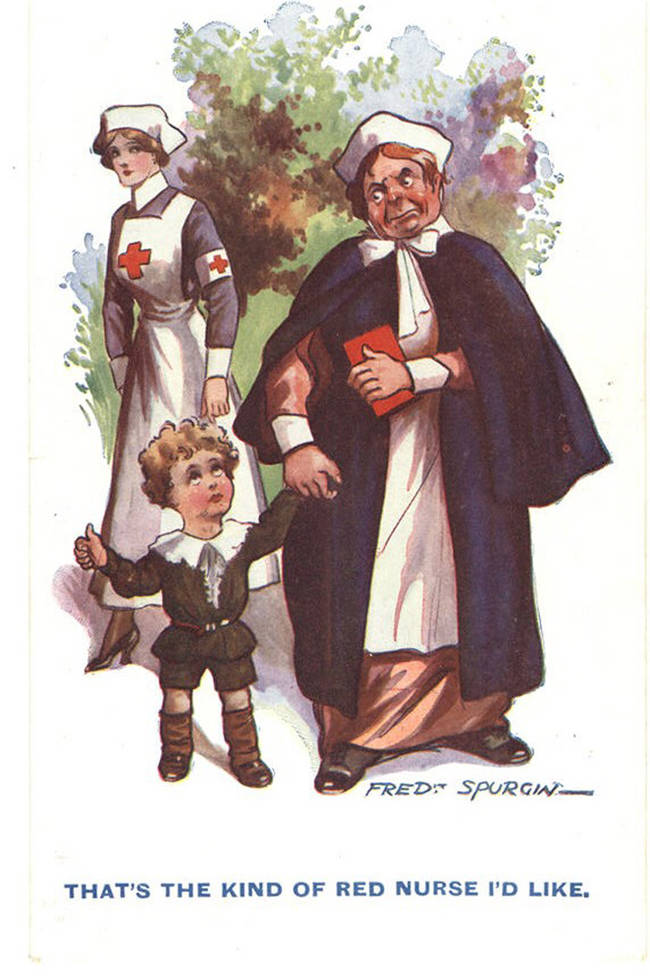 share
share
Already, the pretty, sexy nurse and the bullying, angry nurse stereotypes were forming at this time. These opposing types were also part of a larger issue of dividing women in general into “types” rather than acknowledging a range of human characteristics.
1900s
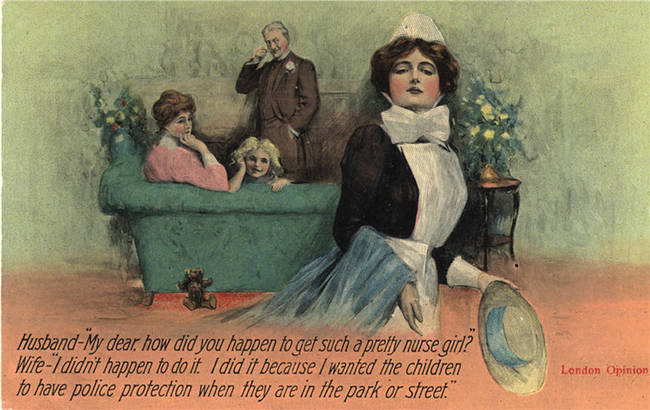 share
share
This postcard suggests that a pretty nurse will appeal to (male) police and thus keep the children safer. Which also suggests that the “pretty nurse girl” would be incapable of protecting the children on her own, despite that being her job.
1913
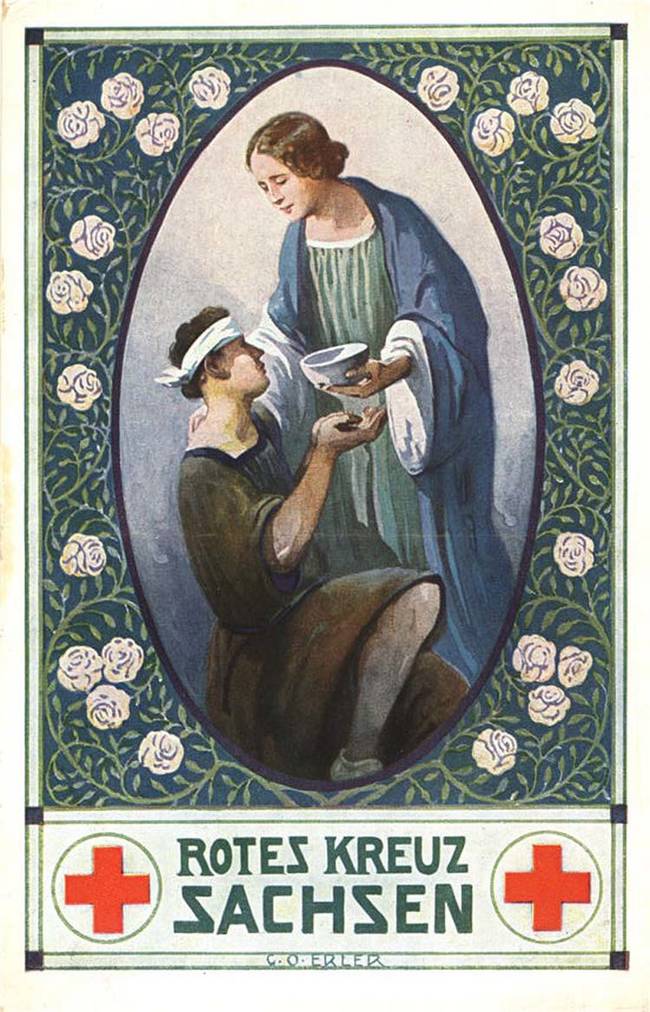 share
share
With the blue robes and roses, the nurse, who is seen feeding the poor, is clearly meant to evoke an idea of the Virgin Mary.
1913
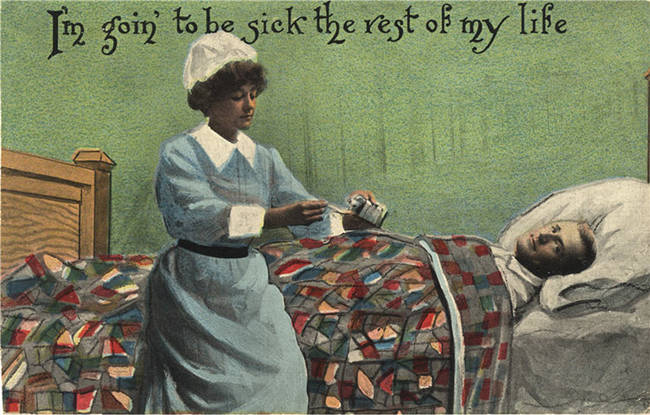 share
share
This image shows one of the earlier depictions of the nurse as an object of desire. As such, she’s lost the religious-looking garments and wears something more like a maid’s uniform.
1915
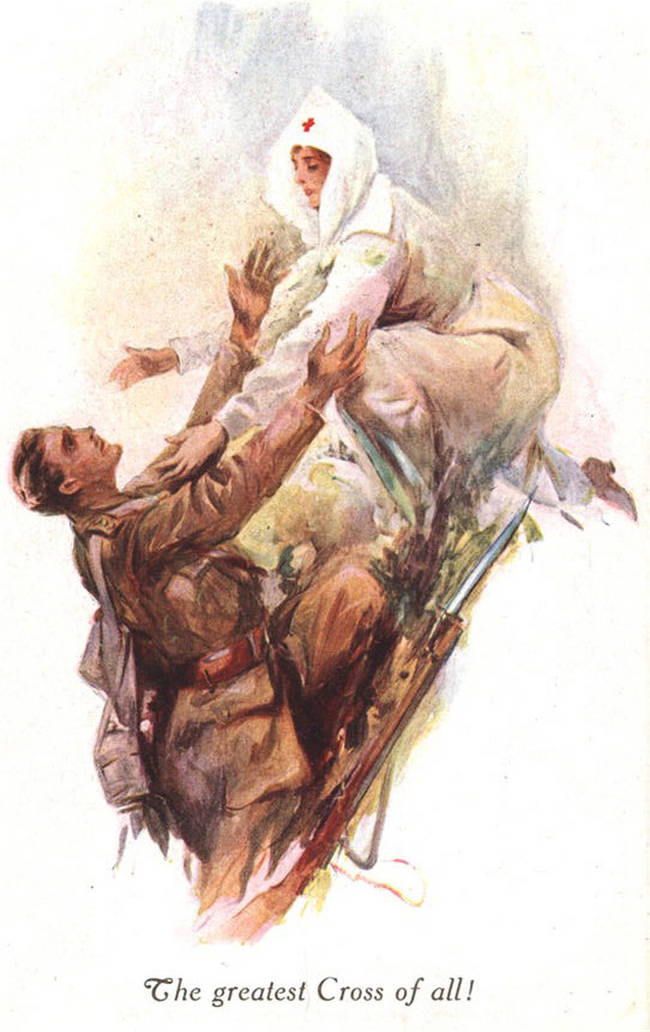 share
share
Here, the nurse’s status as a near-religious figure is very apparent, as she rescues a soldier from above.
1918
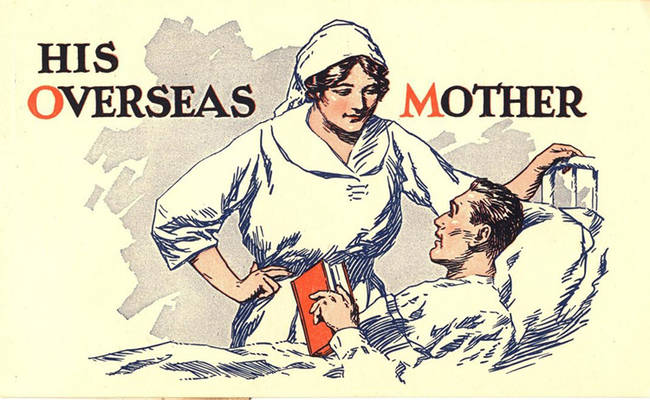 share
share
The nurse as a mother figure. This illustration shows the nurse as a parental figure rather than an object of desire.
1935
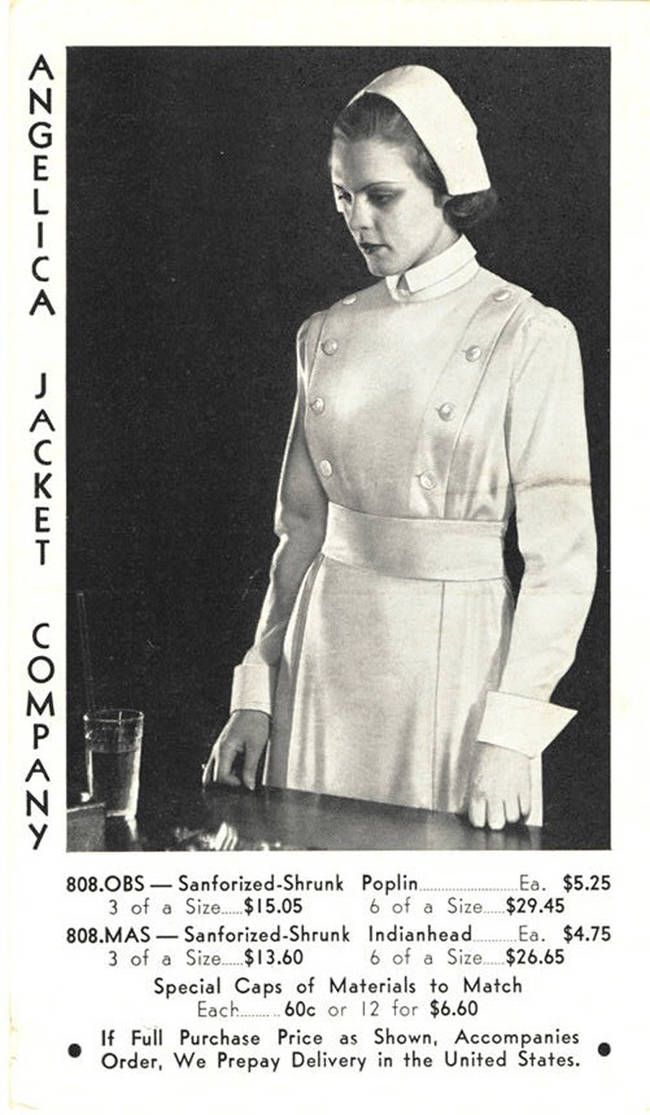 share
share
By this time, nurses ditched the flowing, robe-like garments and opted for more fitted uniforms, and starched hats replaced the headscarves and habits.
1940s
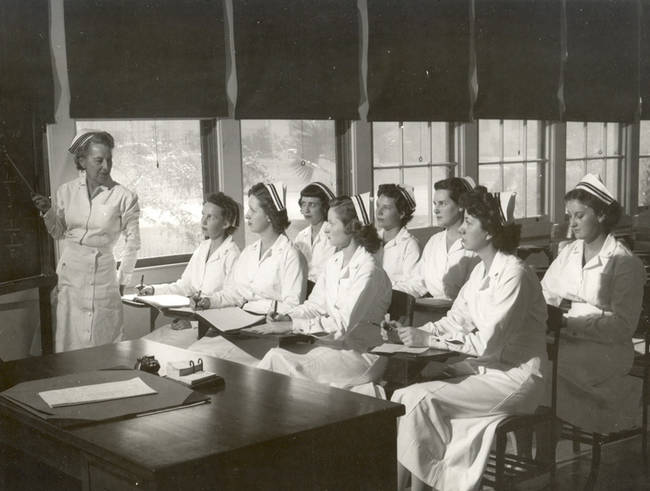 share
share
Navy nurses in a classroom. This photo shows a more realistic side of nursing, and also shows how women worked together and learned from one another.
1950s
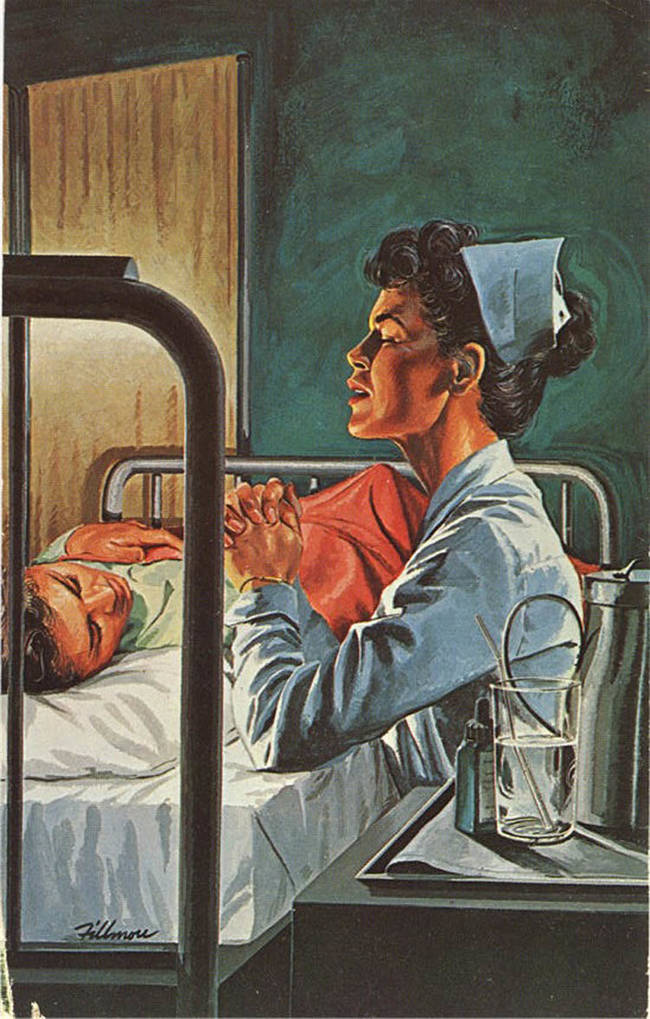 share
share
Though no longer clad in robes, the religious aspect of nurses still prevailed in the ’50s, like in this illustration of a nurse praying for her (male) patient’s wellness. Many medical centers originated from religious backgrounds, and the idea of the “healer” carries through.
1950s
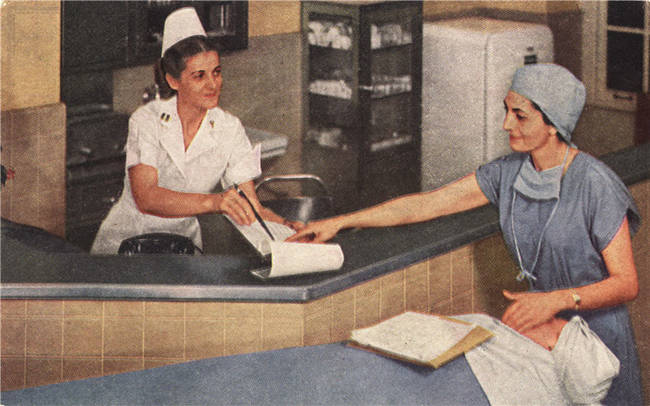 share
share
Nurses got acknowledgment of their skills and humanity in this ’50s postcard, which shows a head nurse, in scrubs, making the rounds and holding clear authority. It’s a significant step forward.
1950s
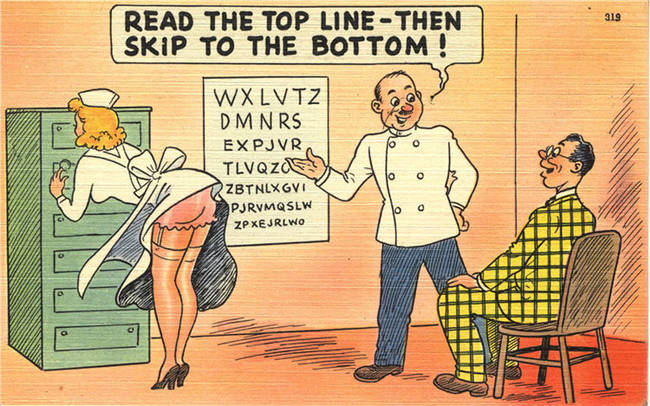 share
share
However, there were also some considerable steps back.
1953
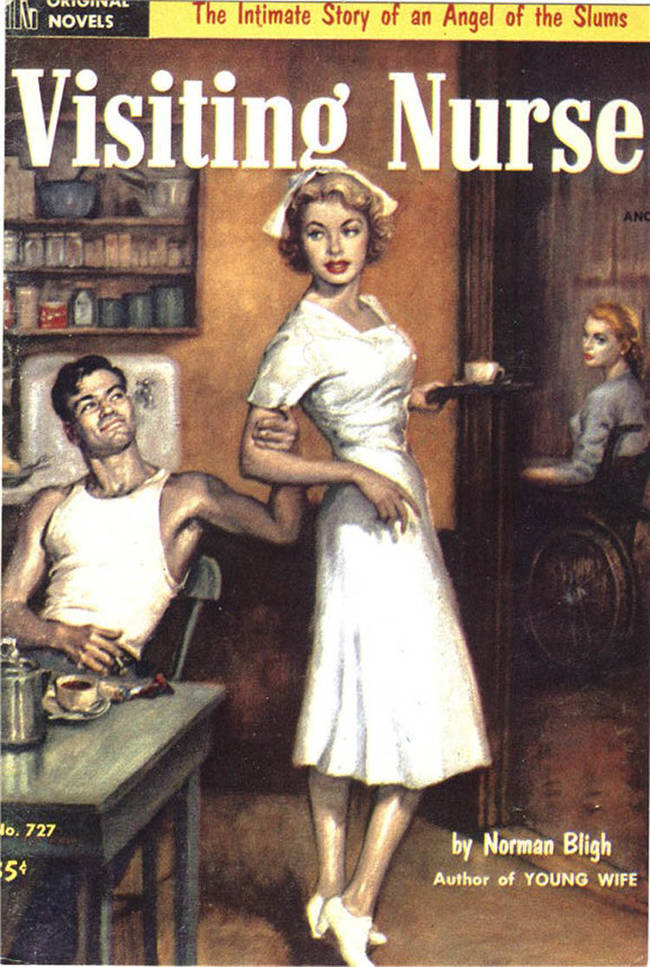 share
share
Nurses made great fodder for pulp novels. Here, an in-home nurse is shown being the target of advances, but remains as a coy, sexy character.
1950s
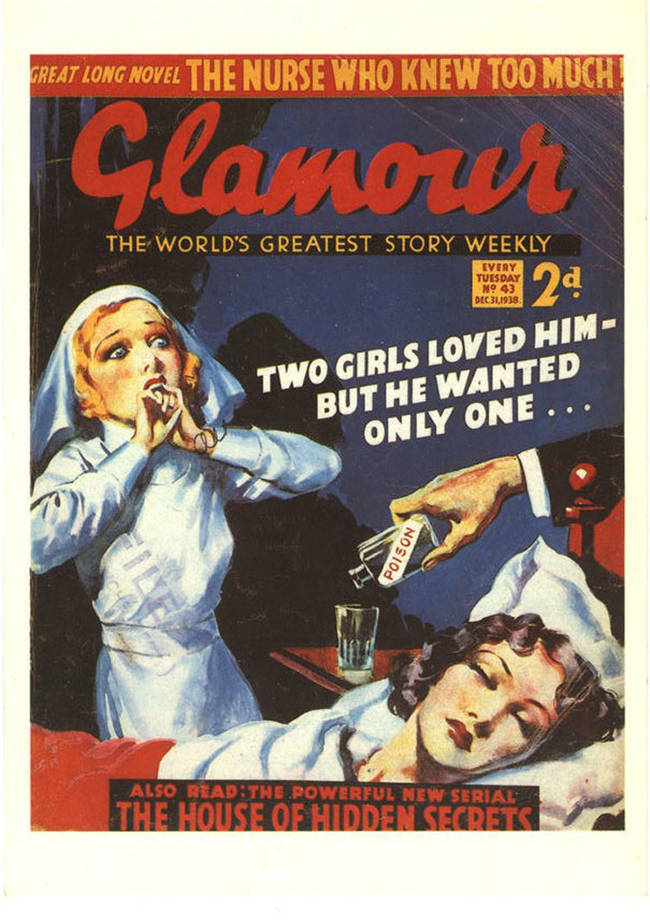 share
share
Another novel with a love triangle involving a nurse and a less-than-scrupulous man. Here, the nurse is the object of desire, but she seems less coy than the previous one. Interestingly, the novel covers are the only instances where the patients are female. In all the other postcards, the patients are male. This could be evidence of how female nurses (and women in general) were seen as extensions of men and only existing in relation to them.
1960s
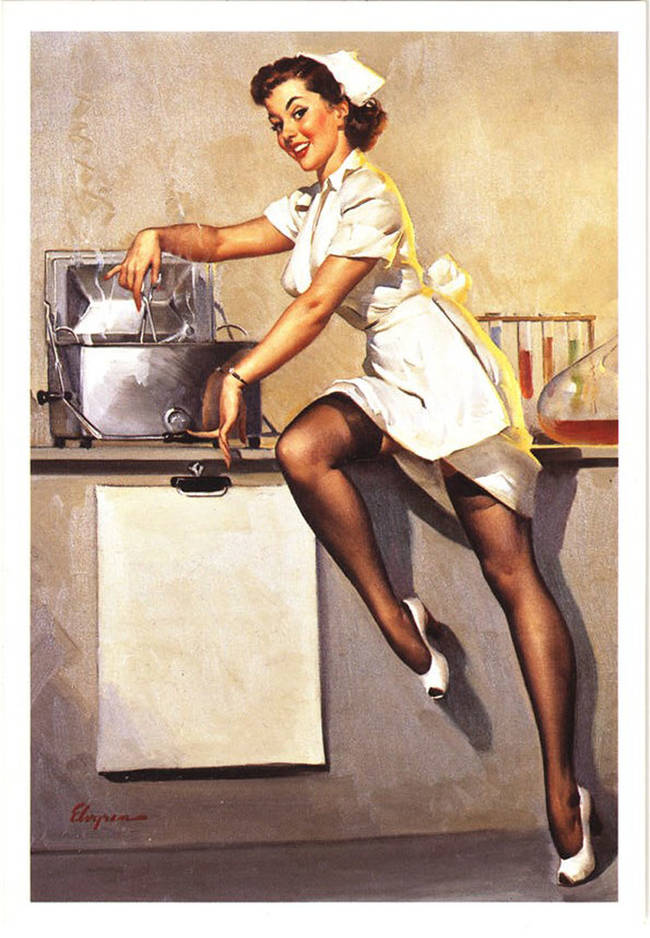 share
share
Pinups included all kinds of costumes, but nurses were particularly popular, probably because of the fantasy of providing “service” to male patients. Although anyone can tell you that no one’s going to walk through a hospital all day in shoes like that.
1970s
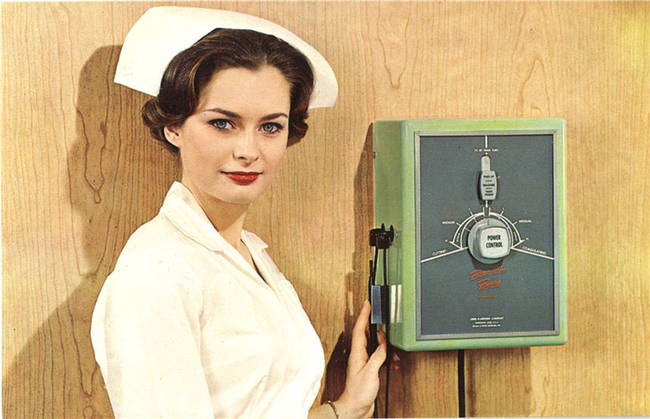 share
share
This is actually an ad for medical equipment, and the pretty nurse is being used to sell it. Her heavy makeup and perfect hair just might be at odds with the vigor of the profession. Though she’s lovely, she’s not overtly sexual.
1980s
 share
share
The stereotype of the sadistic nurse who enjoys inflicting pain on male patients and as an opposite to the slender, accomodating sexy nurse has its roots in the beginning of the century, and was helped by characters like Nurse Ratched in One Flew Over the Cuckoo’s Nest. Unlike the submissive sexy nurse, she was domineering and cruel. Both stereotypes, in reality, are pretty offensive to the women who work as nurses.
1881/1981
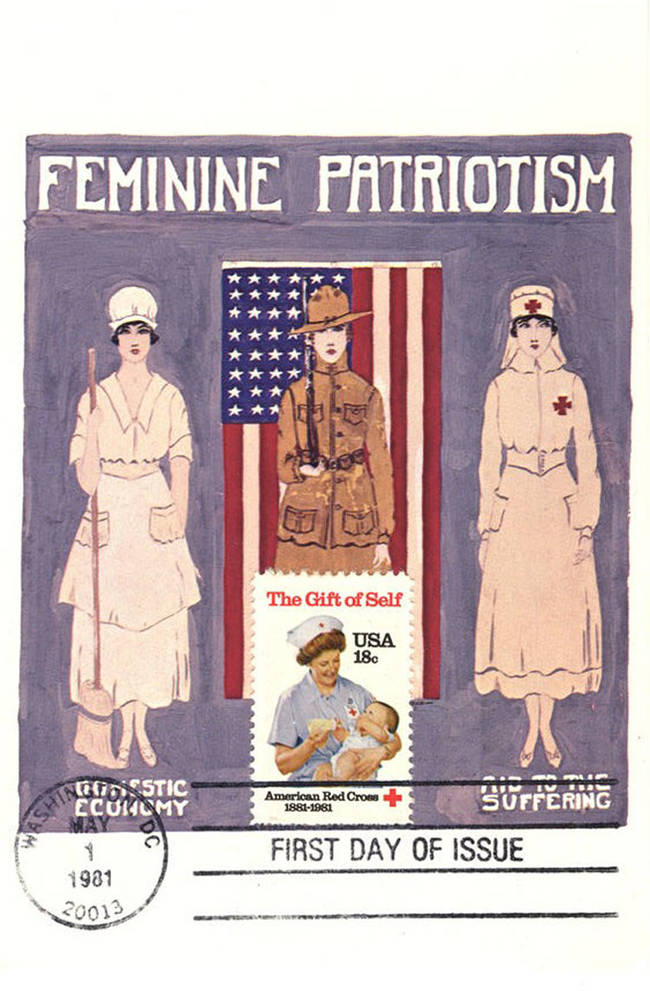 share
share
This is a reprint to celebrate the Red Cross’s 100th anniversary–you can see the modern graphic in the inset. Both the 19th and 20th century nurses are highly feminine, nurturing figures here.
2000s
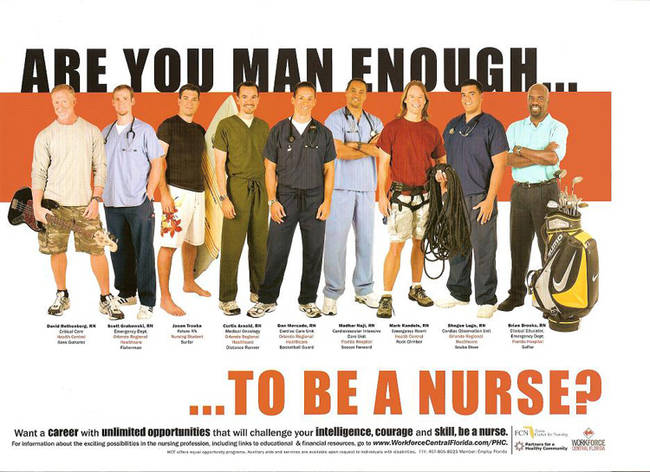 share
share
By this time, nurses were ready to drop the gender divide and encouraged men to take up the profession. There are many male nurses today.
2000s
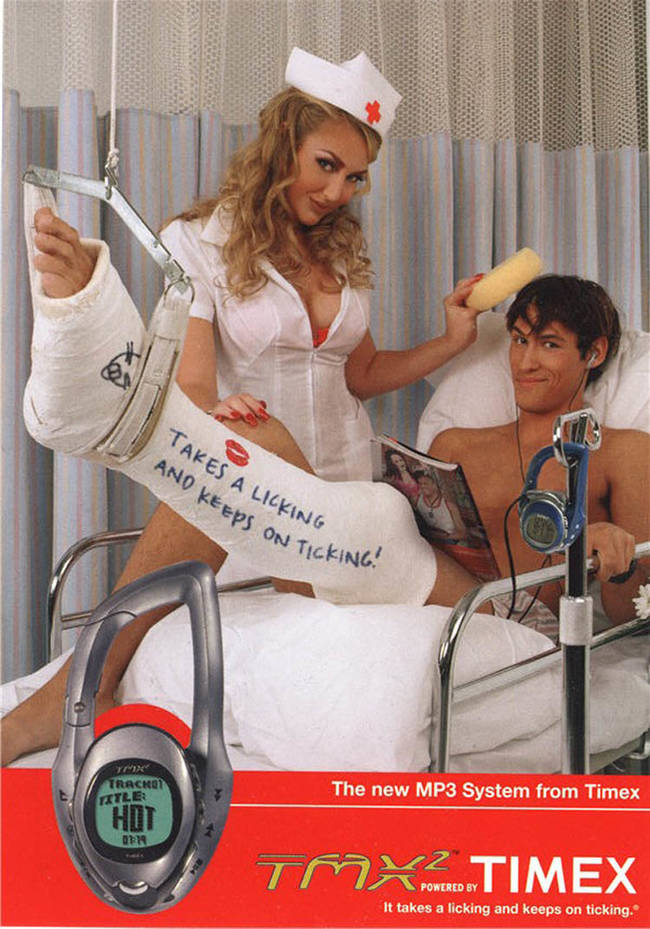 share
share
But old habits die hard, and the pin-up nurse remained popular. We’re not even going to talk about that Blink-182 cover.
2009
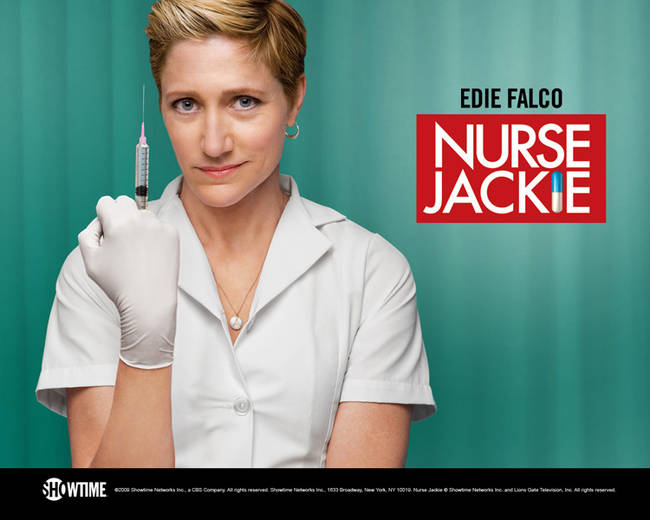 share
share
TV’s
Nurse Jackie was praised by
The Truth About Nursing as being a realistic portrayal of a person in the profession, although they certainly didn’t always condone the character’s actions. However, Jackie’s complexity and layers spoke to nurses being seen as full humans rather than stereotypes.
So the next time you meet a nurse–whatever their gender–remember that they’re a hard-working, knowledgeable person, and they deserve respect, just like everyone else!
Via All That Is Interesting
 share
share
 share
share
 share
share
 share
share
 share
share
 share
share
 share
share
 share
share
 share
share
 share
share
 share
share
 share
share
 share
share
 share
share
 share
share
 share
share
 share
share
 share
share
 share
share
 share
share
 share
share

